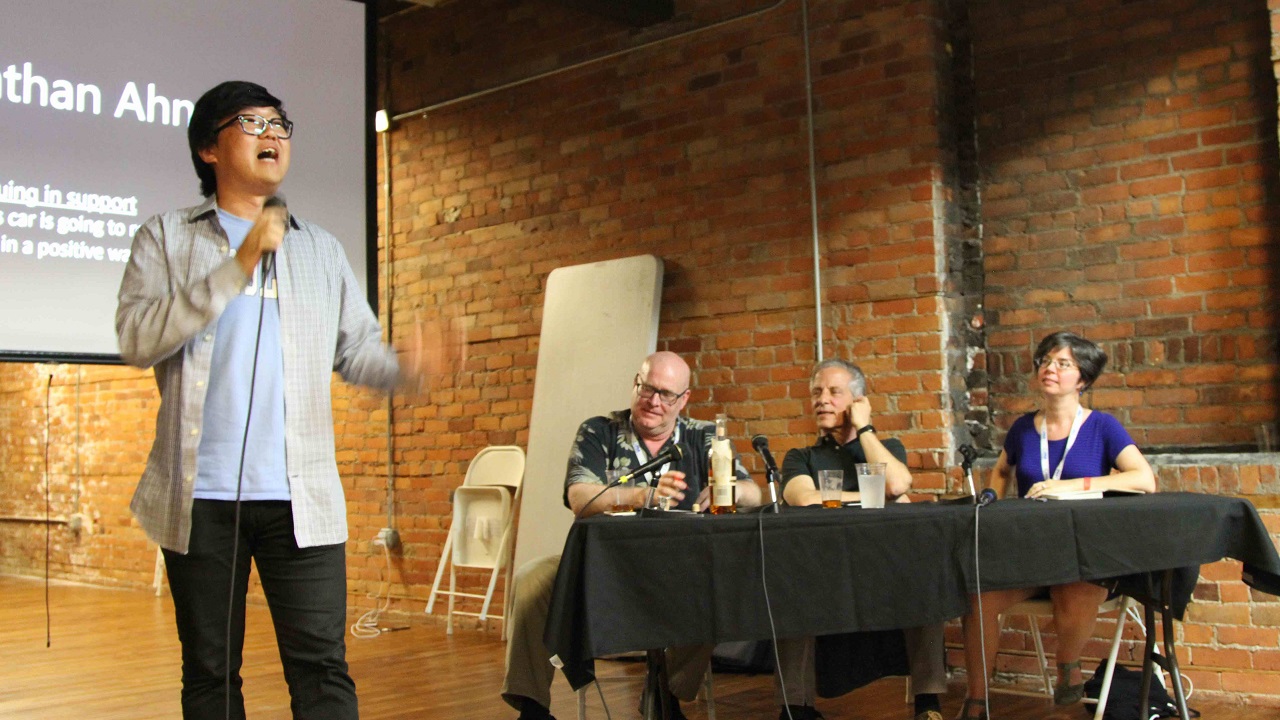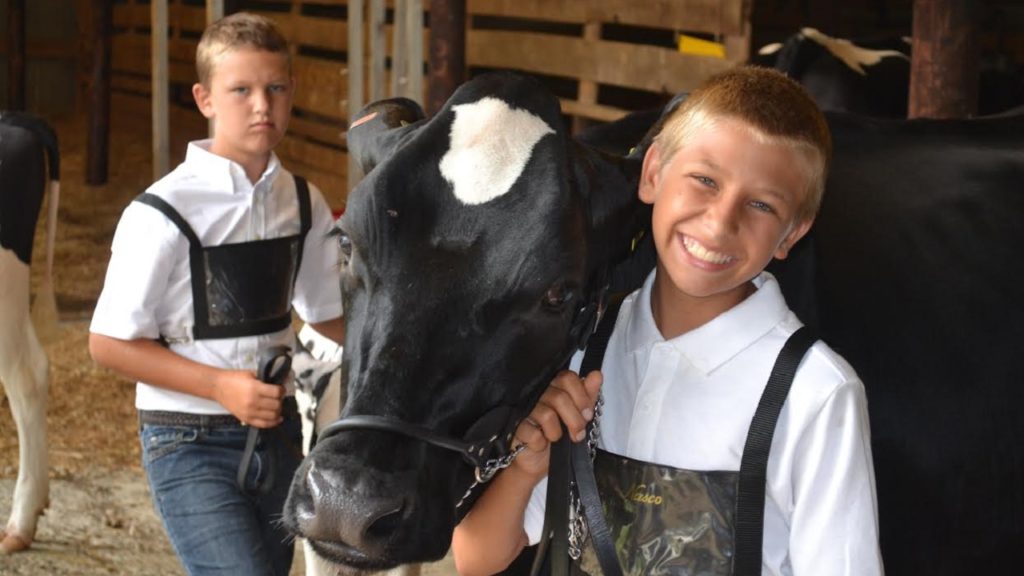 Special to the Philanthropy Journal
Special to the Philanthropy Journal
By Rachel Quednau
Charles Marohn, a small-town civil engineer who was frustrated with the way his profession, his local leaders, and, indeed, his entire community were approaching financial and land use decisions, started his blog in 2008 to examine the underlying reasons why his community was struggling financially, despite having a lot of growth. Somewhere along the way, he began to recognize that his town wasn’t unique, and that the failure to consider the long-term costs of our development pattern was a nationwide problem. The conversation was so fresh and relevant that Marohn was encouraged by colleagues to start a nonprofit to promote his insights.
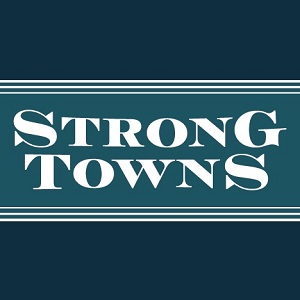 Strong Towns is a movement focusing on the financial strength and resiliency of America’s cities, towns and neighborhoods. The movement aims for an audacious goal: to reach a million people who care. When a million people care enough about the Strong Towns approach to share the message with someone else, the national dialog on growth, development and prosperity will shift. In just the last year, Strong Towns website, podcast, social media and event audiences have more than doubled.
Strong Towns is a movement focusing on the financial strength and resiliency of America’s cities, towns and neighborhoods. The movement aims for an audacious goal: to reach a million people who care. When a million people care enough about the Strong Towns approach to share the message with someone else, the national dialog on growth, development and prosperity will shift. In just the last year, Strong Towns website, podcast, social media and event audiences have more than doubled.
Strong Towns—the organization behind the movement—models itself more like a lean start-up than a traditional nonprofit. By tailoring its message to a broad audience, testing ideas on a small scale, and aligning its funding model to its mission, the organization ensures that everyone stays focused on the mission and the core principles that inspire it.
The Strong Towns conversation reaches beyond technical professionals. “We started having this technical conversation and quickly realized that it was far more than just technical people who were listening,” Marohn explains. That has helped the movement gain traction and grow tremendously.
“By having our conversation be open and real, yet not dumbed down, we’ve reached a broad group of people; much broader than we ever anticipated,” says Marohn. This is especially significant because the issues that Strong Towns addresses—things like municipal finance, suburban development, and transportation—tend to be highly partisan. By speaking and writing about them in non-partisan terms, political gaps between readers and listeners grow smaller, and the movement grows bigger.
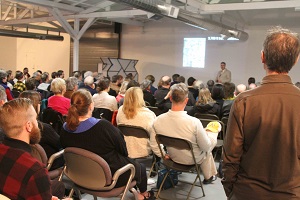 Testing ideas on a small-scale and learning from mistakes has been another important way to grow the Strong Towns movement in a viable manner. “We have tried and failed at many, many things,” says Marohn, “but we have always started small, tested to see what works and built incrementally on our successes.” For example, when a private social network for Strong Towns members failed to gain a following, the nonprofit scrapped the approach. An alternative, launched much later on a different platform, has attracted over 500+ participants in only nine months.
Testing ideas on a small-scale and learning from mistakes has been another important way to grow the Strong Towns movement in a viable manner. “We have tried and failed at many, many things,” says Marohn, “but we have always started small, tested to see what works and built incrementally on our successes.” For example, when a private social network for Strong Towns members failed to gain a following, the nonprofit scrapped the approach. An alternative, launched much later on a different platform, has attracted over 500+ participants in only nine months.
When a series of how-to videos didn’t generate many views, the organization switched gears to create mission-focused videos that speak to a broader group of people and help them to think, rather than giving them a step-by-step guide for what to do.
“A lot of our greatest successes have been surprises,” says Marohn. These surprises include the organization’s annual #BlackFridayParking interactive social media event, the Strongest Town competition and Strong Towns’ membership funding model. “The way to be the most effective pursuing our mission emerged from little experiments, not big programs,” says Marohn.
In addition to reaching a broad audience and growing incrementally, the Strong Towns Board of Directors has stressed the need to aligned the organization’s funding model with its mission. When the nonprofit began, “there were a lot of easy ways to get money,” says Marohn. It would have been natural and simple to orient the organization toward grant programs and consulting gigs.
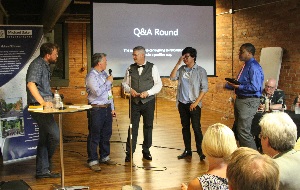 “But instead, we said we’re going to succeed or fail based on how many people we reach and are able to motivate to be involved in their places,” Marohn explains. “To know whether we’re succeeding or not, we needed our funding to reflect real success or failure. The worst thing would be to have funding, but not really reach people. If that happened, we wouldn’t even know that we were failing.”
“But instead, we said we’re going to succeed or fail based on how many people we reach and are able to motivate to be involved in their places,” Marohn explains. “To know whether we’re succeeding or not, we needed our funding to reflect real success or failure. The worst thing would be to have funding, but not really reach people. If that happened, we wouldn’t even know that we were failing.”
Almost all the funding for Strong Towns comes from membership donations and speaking fees. As more and more people are reached with a message that is compelling, the organization’s funding increases. What began as one volunteer has grown to a staff of five with urgent needs to expand further to meet growing demand.
Strong Towns is an entrepreneurial non-profit utilizing what many would see as an unusual funding and growth model. Yet, these non-traditional tactics have been key to the success of the Strong Towns movement. They have allowed the organization to consistently have an impact far disproportionate to its size.
“The biggest lesson we’ve learned is humility,” says Marohn. “Organizationally, we obsess about our mission, but we admit we don’t we know exactly what needs to be done to accomplish it. This makes us willing to try new things, collect the results and refine our approach based on real data. We’re committed to a mission but stay really adaptable on how best to accomplish it.”
Rachel Quednau serves as Communications Specialist for Strong Towns and has been a regular contributor and podcast host for Strong Towns since 2015. Strong Towns is a national media organization whose mission is to advocate for a model of development that allows America’s cities, towns and neighborhoods to grow financially strong and resilient. Strong Towns reaches an audience of more than 80,000 readers and listeners per month, and has over 1,600 members.


